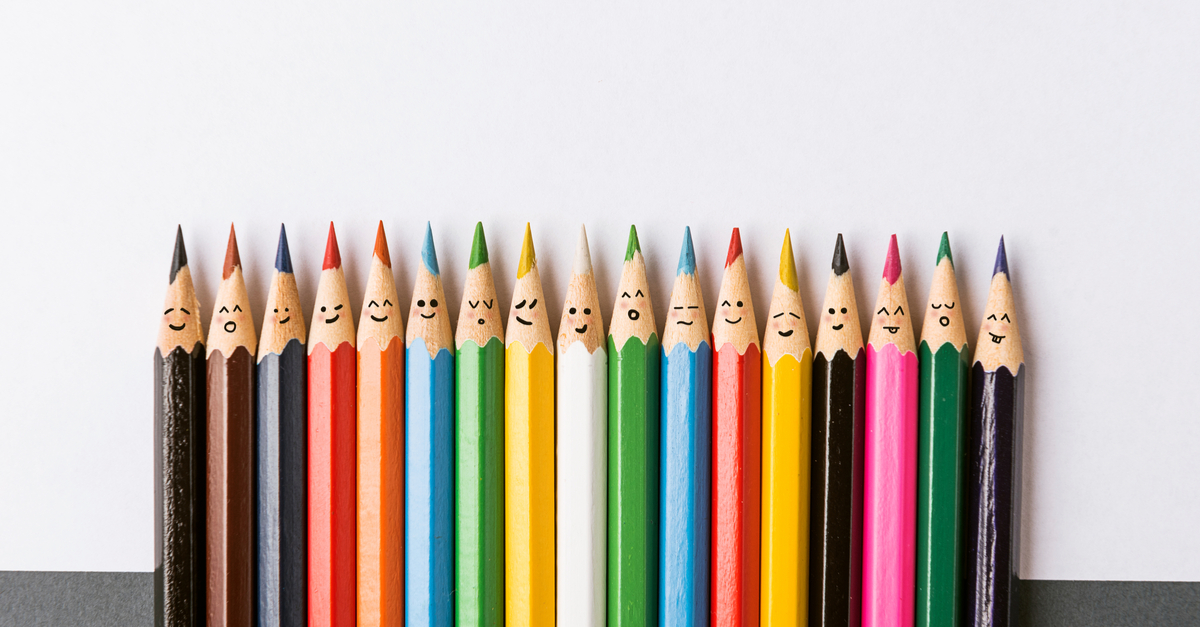I spent two days in July at the Culture First conference hosted by Culture Amp. It was a great event. I attended not as an HR professional, but to better understand the goals and challenges of the HR community. It was very enlightening and informative.
The subject of diversity and inclusion was, rightly so, front and center. I thought that the presentation by Robin Hauser, “The Surprising Impact of our Unconscious Bias”, underscored the need for these types of programs. She started by telling the story of a man and his son, who were in a car accident. The father died, and the son required surgery. At the hospital, the surgeon said: “I cannot operate on this child – he is my son.” The question posed to the audience was, “Who is the doctor?” Many didn’t get the answer correct; the surgeon is his mother. Most people associate a doctor as being male. Ms. Hausser called it bias. I call it a concept. If your brain’s experience with doctors has been primarily male, the concept of “doctor = male” is quickly produced. Most of our concepts, both personally and socially, have been long in the making.
Research articles state that 95% of our thoughts launch from the subconscious, with zero effort on our part. Neuroscience tells us that “neurons that fire together, wire together.” It is only when the brain has a continuum of alternate input that it will produce a replacement concept. The more we think the thoughts we want to dominate our lives, the faster our subconscious delivers those thoughts. Diversity and inclusion programs assist in the process of laying down new neuronal wiring by creating diversity in the workplace.
While I am in full support of D&I, many well-intended endeavors have an unintended negative impact. Diversity and inclusion programs are all about lifting, not sifting. On more than one occasion, I heard a speaker refer to themselves using words such as “privileged, straight, white, male,” sounding almost apologetic. My concern is that alternate exclusions will be the byproduct of D&I, creating more division, by identifying ourselves so granularly.
In granular terms, I am a middle-aged, white, independent, entrepreneurial, married, non-religious, female. However, to avoid focusing on the granularity in myself and others, I try to identify as #human. Why? Social identity. According to social identity theory, “in-groups are groups you identify with, and out-groups are ones that we don’t identify with, and may discriminate against.” Seeing myself and others as humans makes the size of my in-group pretty significant. Granularity in how we identify ourselves creates a higher opportunity for a smaller in-group.
I think the best way to sum it up, is to make a play on the ideas proposed by our closing speaker, Simon Sinek, author of the “The Infinite Game” (The link contains the same speech he gave at Culture First). I am proposing that we be a finite thinker when it comes to possibilities but an infinite thinker when it comes to decisions. Finite by filtering out the bias and social concepts that don’t serve us as organizations and individuals, but infinite in making the larger decision that is best for all in the long run.


